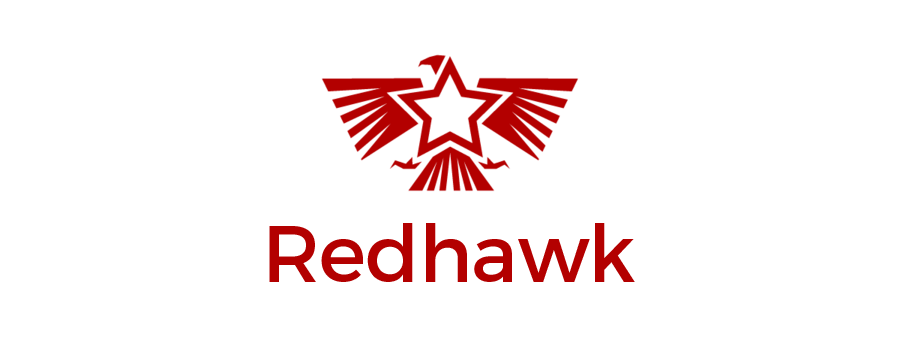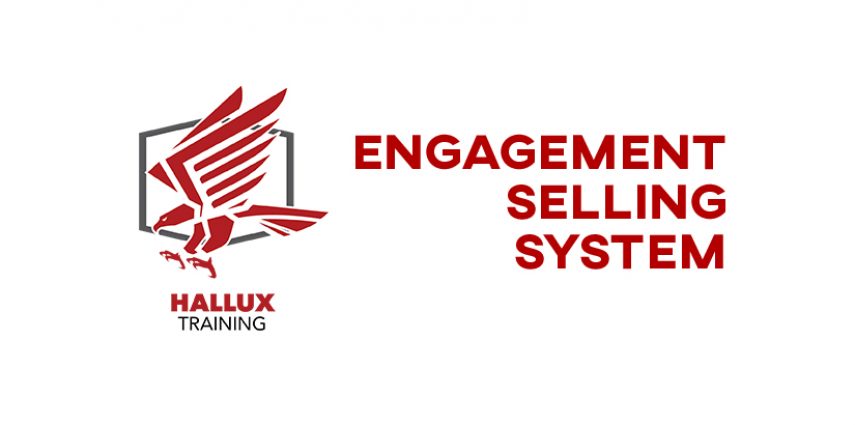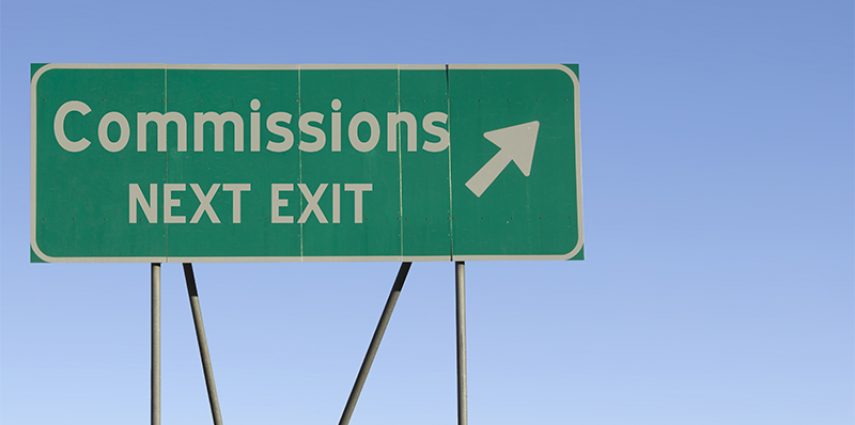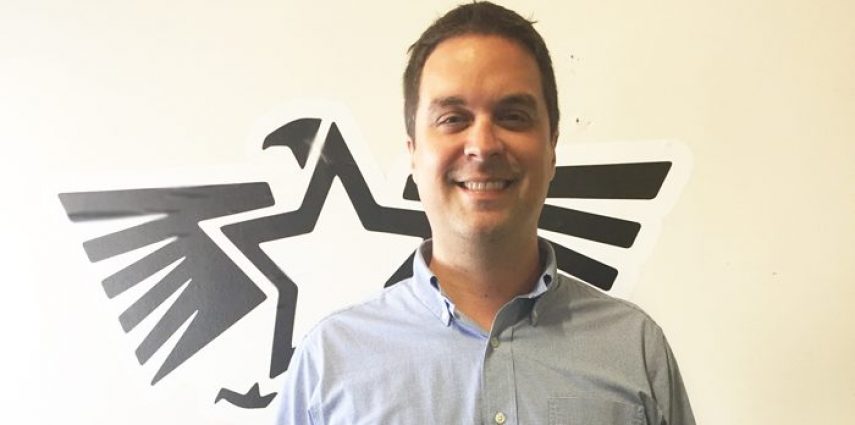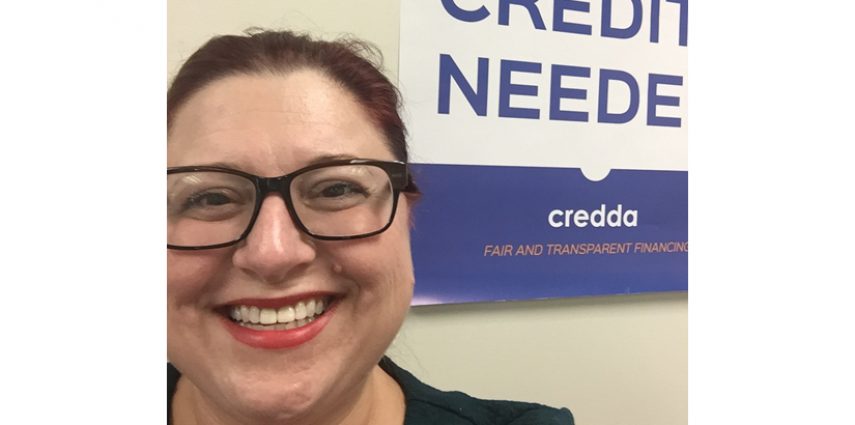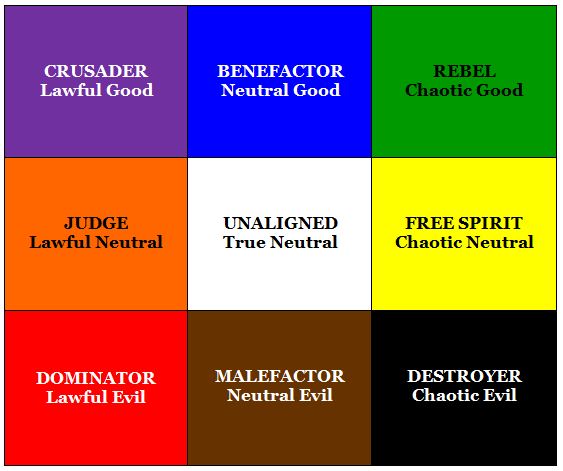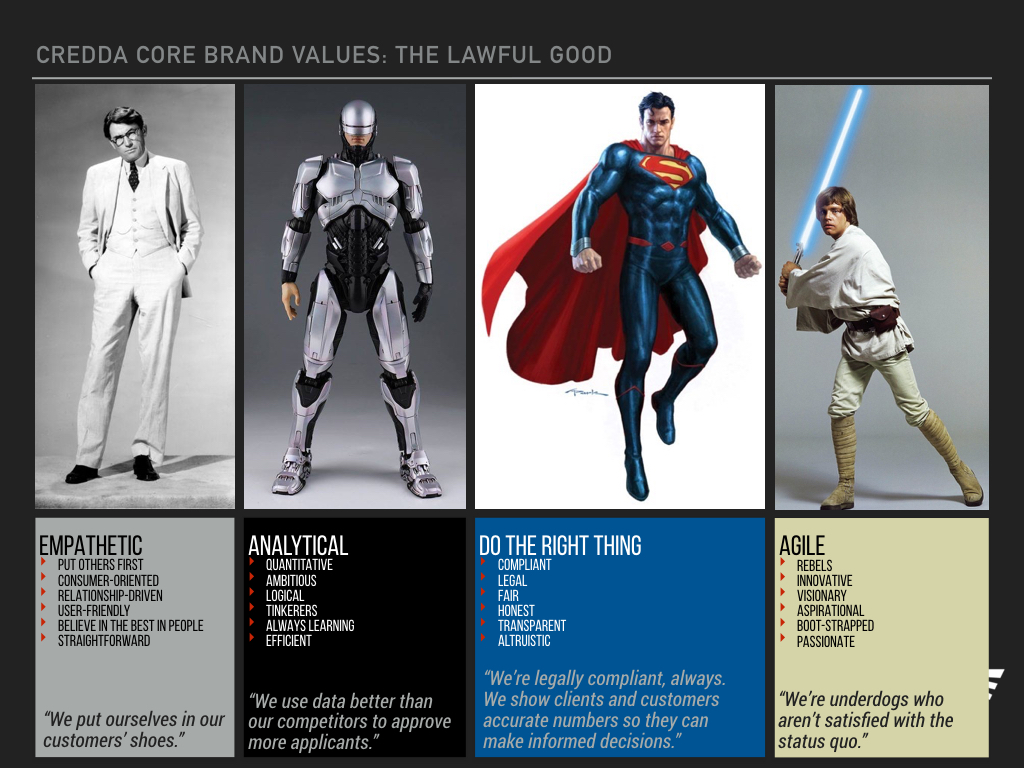I’m not creative and have never had that moment of total clarity where I had an idea worth turning into a product and company. I’m a services entrepreneur and love what I do. However, founders and startups comprise a large segment of my client list. While I’ve never participated in an accelerator program as a founder of a startup, I’ve been involved in programs as a mentor, resource and even in organizational design projects. Over the course of the last few years, I’ve become increasingly fascinated with accelerator and incubator programs.
At their core, they represent an amazing approach to helping startups gain perspective and traction as they throw themselves into making the next great thing. What’s even more amazing is talking to the people who’ve participated in them. I’ve tried to capture the things they’ve learned and shared with me. Hopefully, this will help aspiring participants make some decisions about which program may be right for them.
There are some globally-recognized programs that have impressive lists of graduates with several branches throughout the world. Techstars, Y-Combinator and others are the Ivy League of accelerators. They take the top 3% of the applicant pool. Their programming, mentorship and cohort selection breeds success on a scale not realized on other platforms. If you are selected to participate in either of those programs, you definitely should.
Most startups won’t be granted a spot in one those programs, but with the proliferation of smaller accelerators, you may find some that are worthwhile. There are several new programs gaining an incredible reputation after only a few cohorts.
First, let me start with the basics.
- Most accelerators will offer some kind of seed/award/prize money for being in the program. You don’t always get it up front. You may get it in a series of smaller payments or after clearing certain hurdles.
- These programs are broken into cohorts between 5 and 20 companies depending on their format and programming. It is most common to see 10 companies in a cohort.
- Programs usually take place over 12-14 weeks.
- Within these accelerators, you will’ve some kind of administrator or director, an entrepreneur in residence (EIR), mentors and investors. Some programs will have a stratified management layer of managing and non-managing “members.”
These accelerators can attract some amazing talent and be a critical springboard for your startup—provided you pick one best positioned for you.
Here are a couple of things to consider when picking a program:
Who’s Running it?
The directors, EIR and management should be successful entrepreneurs. You should look for programs where the leadership has been successful in a specific aspect of business where you also need to succeed. If you must generate revenue and scale your business, an EIR who exited their previous company with $2 million in debt may not be a good fit for you. Accelerators can become a form of “business welfare” where friends and associates who are otherwise unqualified to serve in those capacities get lucrative EIR positions or board seats.
It’s also a huge benefit when the leadership has been through an accelerator program—especially a prestigious one. Nate Schmidt of the Velocity Accelerator in Birmingham is a Techstars graduate and will be able to relate to his cohorts in a powerful way.
General and Specialized Accelerators
Specialization is an encouraging new trend in accelerators. Instead of operating general “tech” accelerators, savvy programs are starting to look for the underserved or emerging industries ripe for innovation. The Dynamo Accelerator in Chattanooga and Boomtown Healthtech in Boulder are great examples of this kind of specialization. By focusing on a specific market, they can attract better companies and highly qualified industry experts as mentors and programming that focuses on the specific challenges of that industry.
Funding Sources
Consider the motivations of those who are funding the program. For accelerators that have industry or venture capital support as their main source of operating cash, you may see a higher level of execution and greater sense of accountability than those backed primarily by academic or municipal stakeholders. For the former, they are participating to make money, benefit from the innovation created and boost their prestige as an accelerator. For the latter, the PR alone is often worth the cost of the program. They are largely spending tax money from a general budget or endowments that were granted out of philanthropic interests. If it is successful, that’s a bonus, but they win simply by participating and launching the program. That isn’t to assert those can’t be successful or that industry giants don’t get significant positive PR from sponsoring an accelerator. Understanding what the “money” gets from providing the funding is worth considering.
Benefits Provided other than Money
Excellent programming, mentors, EIRs and leadership can make an under-funded or new accelerator incredibly worthwhile. The inverse is true as well. Top programs should be actively helping you connect with important outside resources and finding new customers even before the program is over.
The mentors can be an incredible source of business deals and networking—provided they are the kinds of mentors you need. Are you building the next great wearable technology? Maybe you should take a second look at that roster of mentors dominated by bankers and lawyers.
Participants in the Cohorts
I’ve heard from dozens of accelerator graduates who’ve talked about how much they gained from the other participants in their cohort. These success stories range from finding their new CIO to merging with another graduate.
Are the other companies as hungry as you are—financially and ambitiously—or are they simply taking easy money to half-heartedly pursue a side project while they maintain their full-time salaried job? I’ve seen some startups play the system by participating in as many accelerators, launch programs and competitions as possible to generate cash. I know of one company that participated in three programs in 2016 alone.
Are they from various parts of the country or world or are they all from the same place? That may not matter to you, but if every company comes from the same town, you’ll sacrifice the unique perspectives only a diverse cohort can provide.
Choosing to participate in an accelerator is a big decision. The time it takes to even apply is a significant commitment. Make sure you consider what you want to get out of the experience and whether the programs you are considering can deliver.
Read This Before You Join an Accelerator Program January 23rd, 2017Matt Hottle
